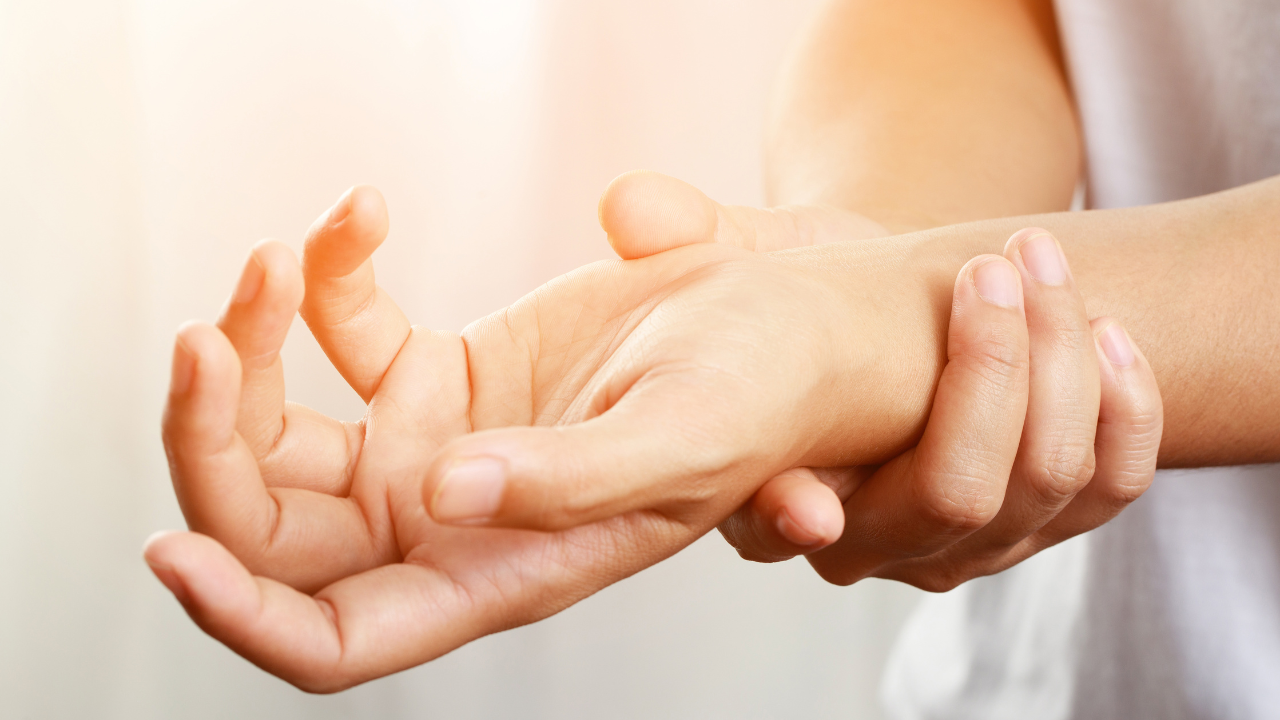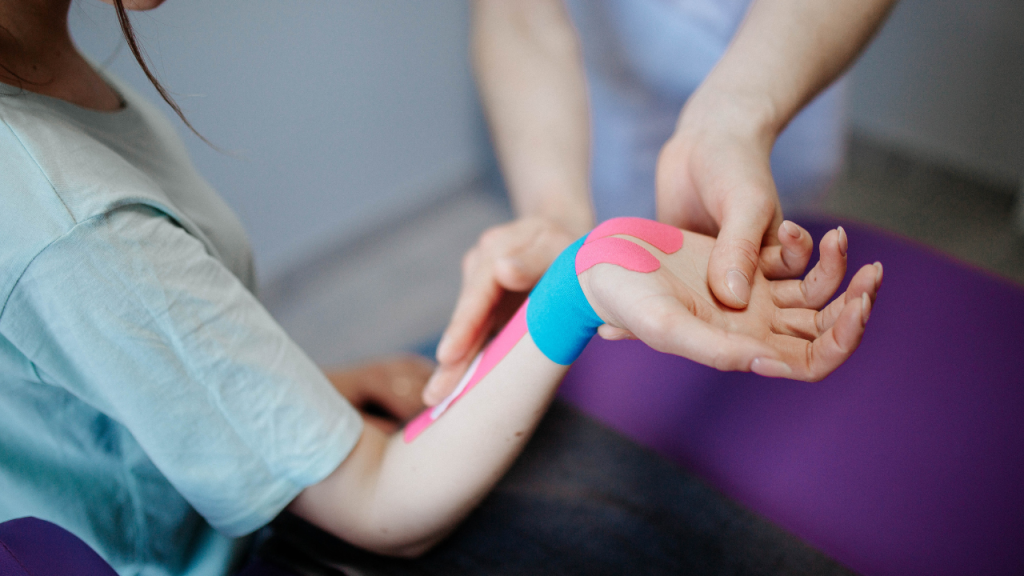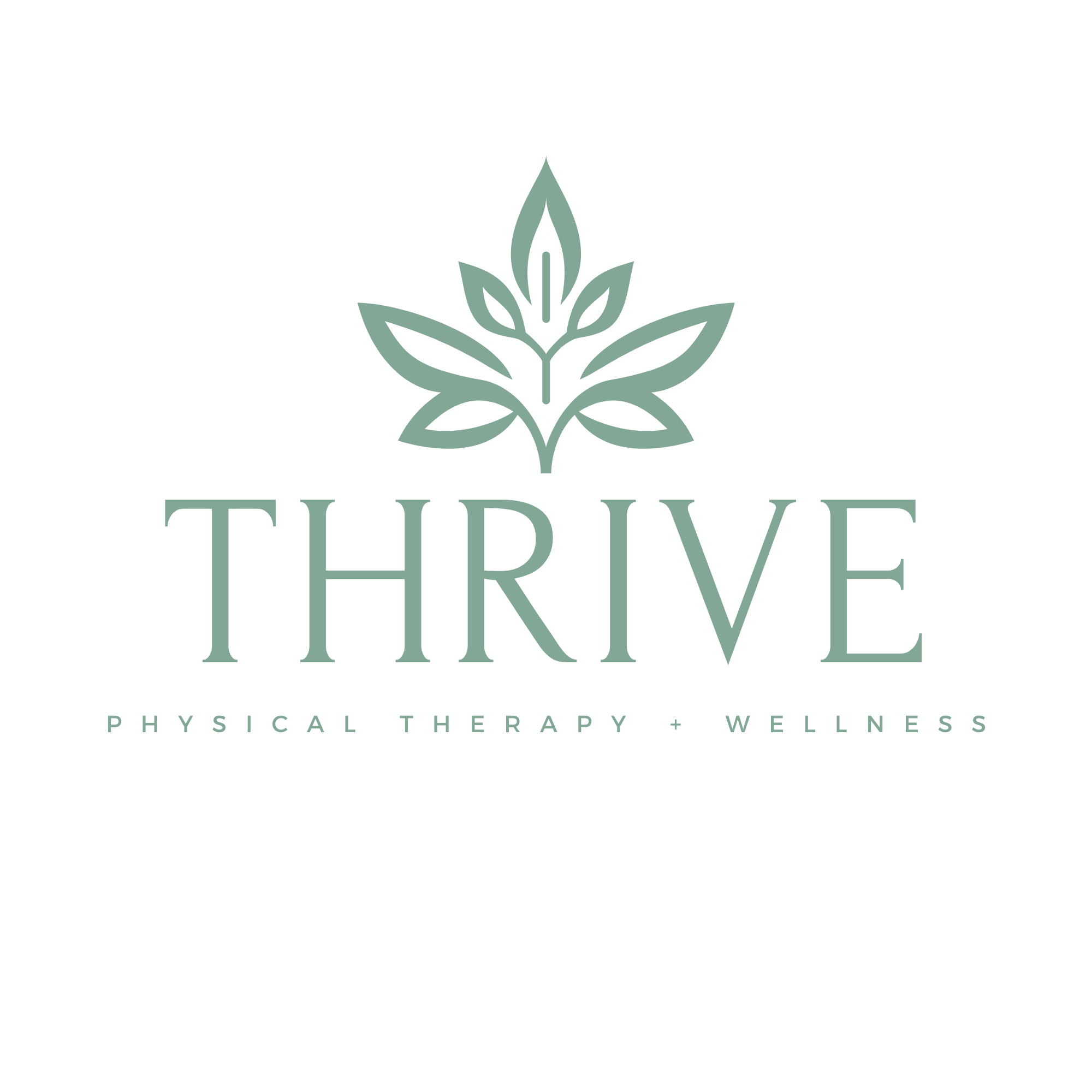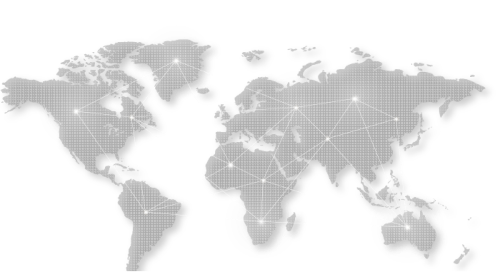
Let’s start with the part that everyone’s thinking: “How long is this going to take?” It’s an honest question, especially if you’re staring down at a hand that can’t grip a coffee mug or a wrist that aches every time you turn a doorknob. The truth is, there’s no universal stopwatch ticking down the perfect healing time. Recovery from hand and wrist injuries isn’t just about the calendar—it’s about your body, your lifestyle, and yes, your patience.
At Thrive Physical Therapy, the journey to recovery is less about rushing and more about restoring. They’re not here to slap an ice pack on and say “see you in six weeks.” Instead, they look at the whole picture: your pain, your range of motion, your goals, and how your injury is impacting your life. And that’s where the healing truly begins.
Understanding the Hand and Wrist: Complex, Capable, and Delicate
Your hands and wrists are engineering marvels. With 27 bones in the hand and 8 in the wrist, these structures are a fine-tuned network of joints, tendons, ligaments, nerves, and muscles. They’re responsible for precision (like buttoning a shirt), strength (like lifting groceries), and expression (like waving or typing “I’m okay” after a bad fall). So when something goes wrong—be it from overuse, trauma, surgery, or a chronic condition like arthritis—it’s not just painful; it’s disruptive to daily life.
That disruption is what hand and wrist therapy aims to heal. But because these areas are so intricate and vital to function, recovery timelines can vary dramatically. A mild sprain might bounce back in a few weeks. A tendon repair or post-surgical rehab? That could take months of consistent, skilled therapy.
What Influences Your Recovery Timeline?
This is where it gets personal. No two people heal the same way, and no two injuries are exactly alike. Some factors that affect recovery include:
- The type and severity of the injury
- Whether surgery was involved
- Age and overall health
- How early therapy begins
- Commitment to home exercises and therapist guidance
Let’s say you’ve got a repetitive stress injury from typing all day. That might respond fairly quickly to manual therapy, posture correction, and ergonomic adjustments. But if you’ve had carpal tunnel surgery or fractured a bone, your body will need more time—and more structured therapy—to rebuild strength, motion, and function.
At Thrive Physical Therapy, they believe deeply in treating each patient as an individual. No cookie-cutter regimens here. Whether it’s a simple strain or post-operative rehab, they tailor each plan to fit your body’s pace and your lifestyle’s demands.
The First Phase: Reducing Pain and Swelling
Recovery starts with calming the storm. In the early days or weeks after an injury—or surgery—the focus is on reducing inflammation, managing pain, and protecting the healing structures. This might involve soft tissue mobilization, gentle range-of-motion work, taping, or modalities like ultrasound or electrical stimulation.
During this phase, it’s normal for progress to feel slow. And that’s okay. In fact, rushing could do more harm than good. Thrive’s therapists understand the balance between early mobilization and necessary rest. Their approach? Listen to your body. If it’s screaming, don’t push. If it’s whispering, guide it gently forward.
The Second Phase: Regaining Motion and Flexibility
Once pain and swelling are under control, the next big goal is to get your range of motion back. Tightness and stiffness are common in hand and wrist injuries, especially if immobilization was involved (hello, cast life). Therapy sessions will now introduce more stretching, active movements, and controlled mobilization.
Here’s where consistency really matters. You might be assigned daily home exercises, which can seem tedious but are absolutely vital. Small movements practiced frequently yield better results than occasional intense sessions. Thrive’s therapists take time to educate patients, so you know why each stretch matters and how it ties into your bigger recovery goals.
This phase can last several weeks, depending on the injury. The timeline may feel unpredictable—but that’s because healing doesn’t happen in neat, tidy stages. There may be good days and frustrating ones. But each step forward, no matter how small, is progress.
The Strengthening Phase: Building Back the Power
After regaining motion, it’s time to build strength. This phase is essential because without strength, function can’t return. Imagine being able to move your wrist but not having the power to grip a steering wheel or open a jar. That’s where targeted strengthening exercises come in.
This stage of therapy often includes resistance bands, weights, putty, or functional tools to rebuild grip strength, wrist stability, and finger dexterity. It’s also when therapists start to mimic real-life tasks—like using utensils, lifting light objects, or even working on typing endurance.
Depending on your goals—whether it’s getting back to a computer-heavy job, playing an instrument, or simply lifting your child—Thrive tailors the exercises to match your everyday needs. Their therapists aren’t just focused on clinical outcomes; they’re focused on real-world function. And that’s the kind of recovery that sticks.
The Final Stage: Return to Function
The last stage of hand and wrist therapy is a beautiful one—it’s when you start to feel like yourself again. This phase focuses on refining movements, preventing reinjury, and transitioning from therapy back into normal life. It might involve job-specific tasks, sports drills, or even grip endurance testing, depending on your lifestyle.
You won’t need to attend therapy forever. But Thrive doesn’t believe in cutting you loose until you’re ready. They ensure that you not only regain strength and mobility but also understand how to maintain it. Patients leave with personalized exercise plans, ergonomic advice, and the confidence to move forward safely.
Some people reach this phase in 6 to 8 weeks. Others may need 3 to 6 months, especially after surgery or severe trauma. Chronic conditions like arthritis or tendonitis might require periodic “tune-ups” over time. Thrive isn’t about giving false deadlines; they’re about walking with you, one session at a time, until you’re truly ready to go solo.

Mental and Emotional Aspects of Recovery
Here’s something that doesn’t get talked about enough: how frustrating recovery can feel. Losing function in your hand or wrist—even temporarily—can impact your mood, your independence, and your identity. It’s okay to feel impatient, discouraged, or even anxious.
The team at Thrive Physical Therapy gets that. They’re not just body mechanics—they’re human beings who listen. Their therapists foster a space where you can be honest about your frustrations and feel supported through each phase. They know that the emotional side of healing is just as important as the physical.
Therapy isn’t just about muscles and joints—it’s about motivation, belief, and resilience. And when you’re in an environment that champions all of that, the path to recovery feels a little less lonely.
Realistic Expectations and Hopeful Outcomes
Recovery doesn’t always mean returning to a perfect version of your pre-injury self. But it does mean regaining the function you need to live well—and often, even better than before. Many patients find that after therapy, they have better posture, smarter movement habits, and stronger awareness of their body’s needs.
It’s also important to recognize that setbacks aren’t failures. They’re part of the process. A flare-up here and there doesn’t mean you’re back to square one. Thrive therapists help patients frame their recovery as a journey—not a sprint. They work with you to celebrate progress, adjust the plan when needed, and keep your goals in sight.
So… how long does it take?
The real answer: as long as your body needs. For some, that’s a few short weeks. For others, several months. But with the right guidance, a tailored program, and a team that genuinely cares, that time isn’t wasted—it’s invested in your future comfort, strength, and ability to live fully.
Suggested Reading: 5 Ways Physical Therapy Helps You Recover from Hand and Wrist Injuries
Conclusion: Your Healing Is in Capable Hands
Whether you’re recovering from surgery, dealing with a repetitive strain, or facing chronic discomfort, the journey back to full hand and wrist function isn’t something you have to navigate alone. Physical therapy—especially the kind offered at Thrive Physical Therapy—isn’t a quick fix. It’s a partnership rooted in science, skill, and sincere care.
Thrive’s team understands the intricacies of the hand and wrist like few others. They don’t just hand you a printout of exercises and wish you luck. They work beside you to craft a recovery that fits your life, not just your injury. Their approach is refreshingly personal, deeply knowledgeable, and always encouraging.
If you’re searching for a place where recovery is treated as a holistic, empowering journey—and where every patient matters—look no further than https://thriveptclinic.com/. Your hands deserve the best. Let them heal where healing is done with heart.

